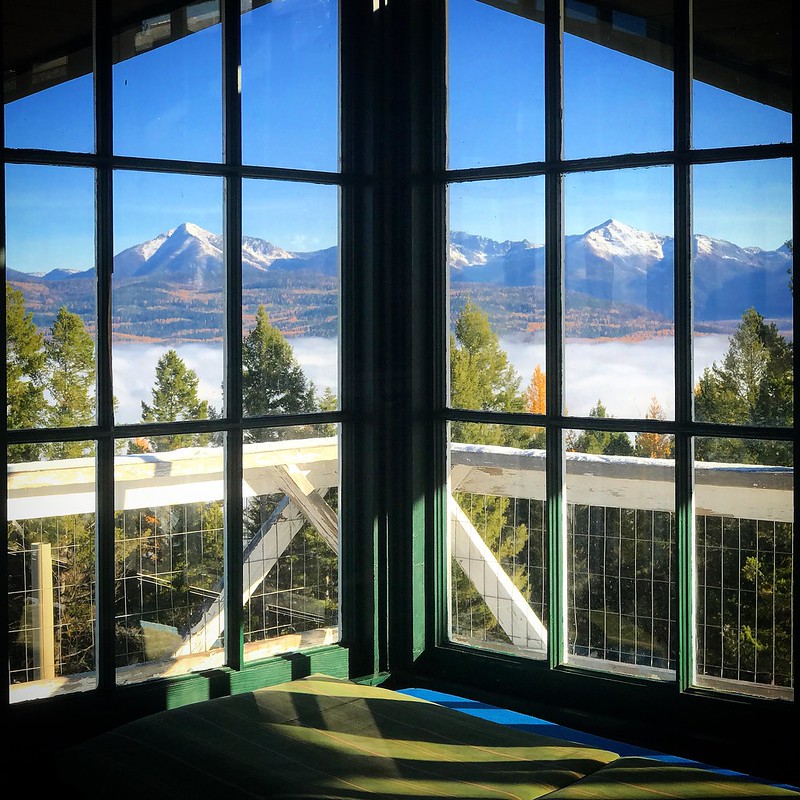Welcome to the Kootenai National Forest

Come and Explore...
Encompassing the rugged beauty of the Rocky Mountains of Northwest Montana, the Kootenai provides tremendous opportunity for exploration!
Summer Destinations
Latest Information
-
Keep up with the latest on the Kootenai on our Facebook page. Click the + sign (above) to expand the section and view the Kootenai NF Facebook Feed or go directly to our Facebook page.
-
Mushroom Harvesting 2024

For the 2024 season the Kootenai will only be offering one type of mushroom harvesting permit; Personal Use Free. Individuals may also harvest mushrooms at Incidental Use levels without a permit. For more information on mushroom picking, obtaining a permit, and incidental use, please use the following links.
-
Trojan Defense Project

The Trojan Defense Fuels Reduction Project is located just outside the beautiful town of Troy, Montana and located within the Wildfire Crisis Strategy – Kootenai Complex and the Lincoln County Wildland Urban Interface (WUI) which was designated to treat hazardous fuels surrounding the community. This project is a great example of linking treatments across land ownership and working together with our partners to reduce wildfire risk to communities.
-
Kootenai Complex Wildfire Crisis Strategy Landscape

In April 2022, Secretary of Agriculture Vilsack designated 10 fire prone landscapes across the Western United States as initial priorities for implementing the Wildfire Crisis Strategy. This strategy outlines dramatic action that must be taken to treat hazardous fuels and reduce the risk of wildfire to communities, infrastructure, and municipal watersheds. On the Kootenai and Idaho Panhandle National Forests, The Kootenai Complex was included in the initial landscape designation and plans to treat nearly 45,000 acres in 3 priority firesheds by 2026.
-
Great American Outdoors Act

The Great American Outdoors Act gave the USDA Forest Service new opportunities to deliver benefits to the American public through major investments in recreation infrastructure, public lands access, and land and water conservation. These investments will contribute to economic growth and job creation in rural America.
Interested in Receiving Forest Project Notifications?
For each new project on the Kootenai National Forest after July 10, 2023 you can sign up to receive project updates automatically using the signup form below.
Highlights
-
Firewood Cutting

-
Fire History Map

-
Maps

Features
Food Storage Requirements on the Kootenai National Forest

A food storage order signed in April, 2022 requires food storage and garbage practice across the Forest to reduce the potential for human-wildlife encounters.
Spotlights
Regional Orders
Regional Orders including Weed Free Forage & Mulch Products, Northern Region Occupancy and Use Restrictions, and Northern Region Camping Stay Limits
Lincoln County Resource Advisory Committee
A Secure Rural Schools Resource Act Advisory Committee (RAC) provides recommendations to the Forest Service on the development and implementation of special projects on federal lands.







